Identifying the genes involved in the development of all melanoma sub-types, to determine the most effective treatment for each type.
In the last decade, treatment options have come a long way for melanoma of the skin. But melanoma also occurs in other parts of the body and our understanding of those subtypes of melanoma is, by comparison, still in its infancy. However, new research is shining a light on the underlying causes of these forms of melanoma in attempt to find new effective therapies.
Research from Melanoma Institute Australia and its international collaborators was recently published in the prestigious Nature Communications. Using whole-genome sequencing, researchers have identified changes in the genes that cause uveal melanoma (originating in the eye) and acral melanoma (originating on the palms of the hands, soles of the feet or nail bed).
Acral melanoma
Acral melanoma is the most common form of melanoma in non-Caucasian people, particularly in people of Asian and African descent. Until now, it was believed that acral melanoma was not directly associated with UV exposure because the main sites of acral melanoma have lower sun exposure than other body parts like the face or neck. It was also previously thought that UV radiation cannot penetrate the nail. However, this research has demonstrated that it can, as the genetic signature for UV radiation appears in the subungual (under the nail) form of acral melanoma.
Acral melanoma is a difficult form of melanoma to treat once it metastasizes. Acral melanomas generally lack genetic changes that can be targeted with molecular drugs and these patients often have a lower response to immunotherapies. This study found frequent genetic mutations in genes which confer sensitivity to molecular CDK4/6 inhibitors, while identifying a greater number of genetic mutations in the melanomas from the nail, which may confer a greater sensitivity to immunotherapies. This study highlights the genetic differences in acral melanomas and treatment strategies which can be applied to treat the specific biology of these melanomas.
This research is the largest whole-genome analysis of acral melanoma and comes out of the Australian Melanoma Genome Project. The samples provided were almost entirely supplied by patients who had donated samples to MIA’s BioSpecimen Bank and Melanoma Research Database, which is part-funded by The Cameron Family.
Uveal melanoma
With uveal melanoma, around half of all patients progress to metastatic disease, even after surgical or radiation treatment. There are few effective therapeutic options available once disease progression has occurred.
In this study, researchers identified a genetic signature for UV radiation in a subtype of uveal melanoma that originates in the iris – the coloured part of the eye – as well as other ‘driver genes’ responsible for other forms of the disease.
What does this mean for prognosis and treatment?
Targeted therapy and immunotherapy have been game changers for treating melanoma of the skin, however they have been much less successful in treating patients with acral and uveal melanoma.
By identifying the genes that drive the development of these rarer forms of melanoma, researchers can categorise patients based on their genetic subtype of acral and uveal melanoma. This information can be used to guide treatment selection for acral and uveal melanoma patients. Researchers have determined that patients with different subtypes have a different prognosis and respond to treatments differently.
“Melanoma is not just one disease,” says co-author and Co-Medical Director of Melanoma Institute Australia, Professor Richard Scolyer. “By identifying the genes involved in the development of all forms of melanoma, we can identify the most effective treatment for each subtype of melanoma and provide effective personalised medicine.”
Publications:
- Johansson, PA, Brooks, K, Newell, F et al. Whole genome landscapes of uveal melanoma show an ultraviolet radiation signature in iris tumours. Nat Commun11, 2408 (2020).
- Newell, F, Wilmott JS, Johansson PA et al. Whole-genome sequencing of acral melanoma reveals genomic complexity and diversity.Nat Commun 11, 5259 (2020)
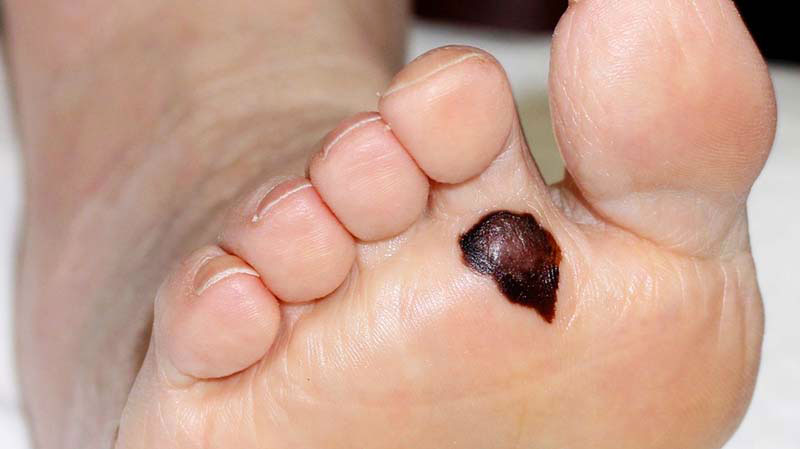
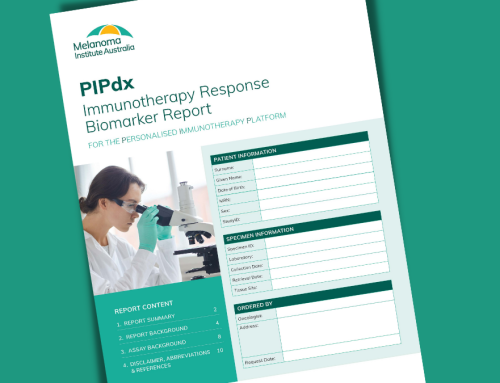
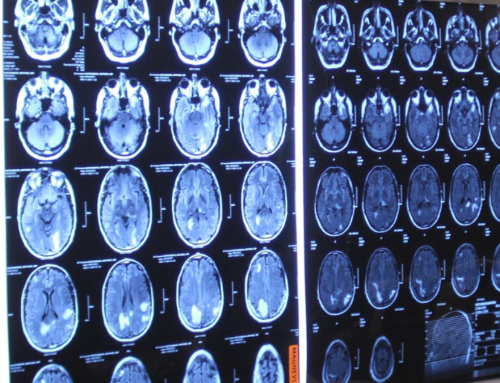
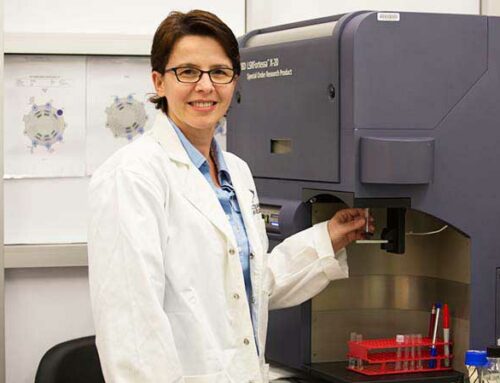
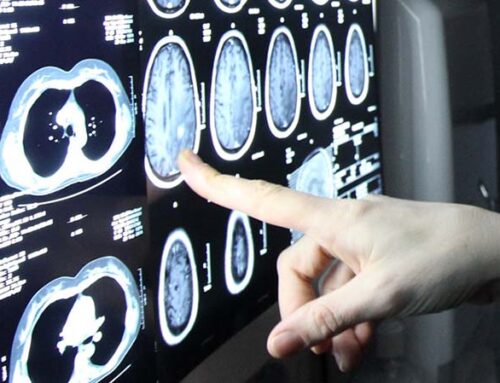
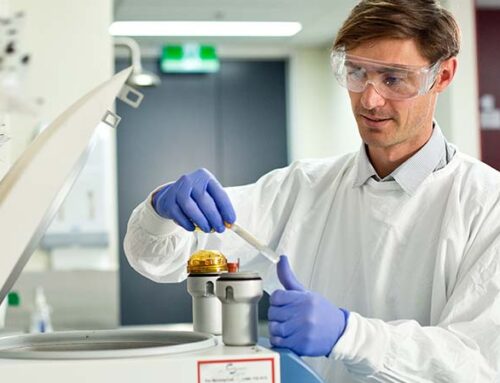
I hope we get some good news in regards to uveal melanoma soon. We need treatment also.
I agree. My Husband lost his right eye. Then moved to his Lung. Removed a section of his lung. Now in his liver. He’s very healthy blood work is perfect. But it keeps coming back.